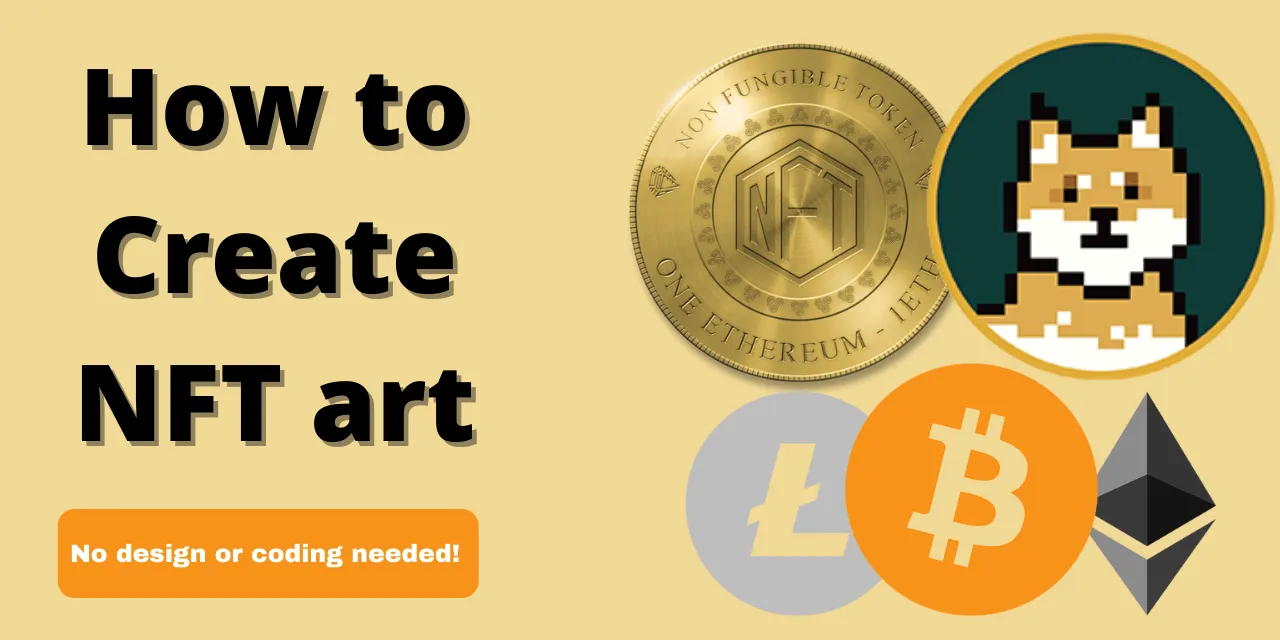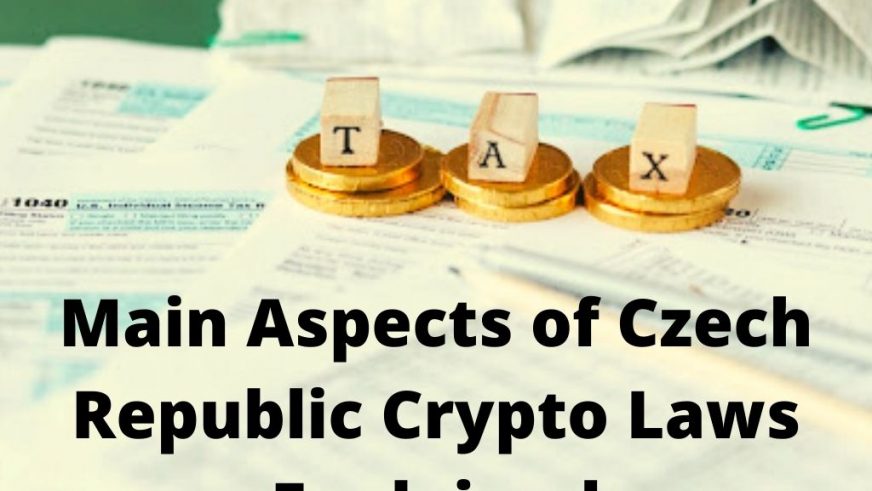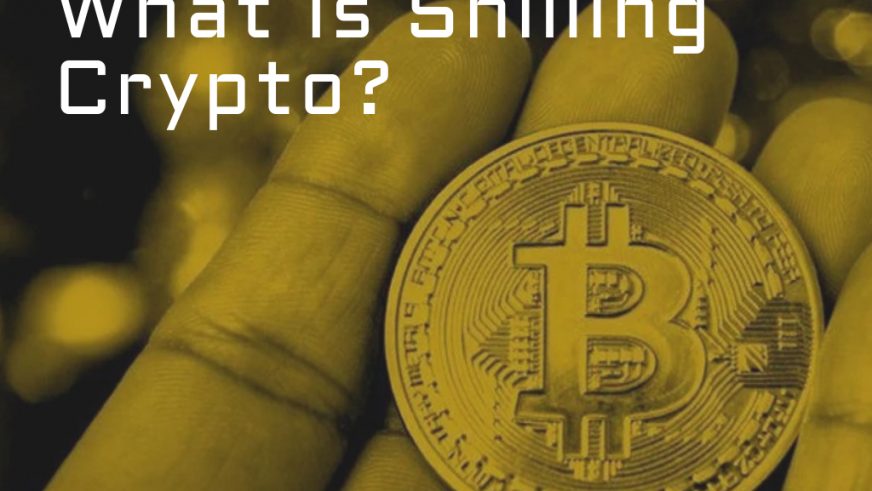NFT art, or non-fungible token art, is a digital form of art that is created and sold on blockchain technology. NFTs are unique digital assets that are stored on a blockchain, and they represent ownership of a digital item, such as a piece of art, music, or video. Because NFTs are unique and cannot be replaced or exchanged for something of equal value, they are considered “non-fungible.” In contrast, digital items that can be replicated, like a jpeg image or mp3 file, are considered “fungible.” NFT art allows artists to sell one-of-a-kind digital artworks, granting them ownership and provenance, which was not possible before. With the help of NFTs, digital art can now be bought, sold and traded as easily as physical art.
The importance of NFT art in today’s digital world lies in the fact that it allows for the creation, ownership, and trading of unique digital assets. With the rise of the internet and digital media, the value of traditional physical art has been challenged. However, NFT art offers a new way for artists to monetize their digital creations and for collectors to own and invest in digital art. NFT art is also important because it allows for more accessibility, as it can be bought and sold online, and it can also be stored and traded digitally. The purpose of this article is to show how to create NFT art without coding, which means that anyone with a computer and internet access can create and sell their own NFT art, regardless of their technical skills.
Understanding the basics of NFT art
Blockchain technology is the underlying foundation of NFT art. A blockchain is a decentralized and distributed digital ledger that records transactions in a secure and transparent manner. Each block in the chain contains a record of multiple transactions, and once a block is added to the chain, the information it contains is unchangeable. This makes blockchain technology ideal for recording and verifying ownership of digital assets, such as NFT art.
When an NFT art is created, it is recorded on the blockchain, and the artist or creator is given a unique digital token that represents ownership of that specific piece of art. This token can then be bought, sold, or traded on a blockchain-based marketplace, such as OpenSea or Rarible. Because the ownership and provenance of the NFT art is recorded on the blockchain, it can be easily tracked and verified, making it a secure and transparent way to buy and sell digital art.
The use of blockchain technology in NFT art also allows for greater creativity and innovation. Artists can use smart contracts, which are self-executing contracts with the terms of the agreement written directly into code, to create unique and interactive art experiences. They can also use cryptocurrency as a form of payment, which can open up new possibilities for creators and collectors.
How to create NFT art without coding
Without coding, there are various techniques to produce NFT art:
- Using pre-existing templates or platforms: Many NFT platforms, such as OpenSea or Rarible, offer pre-existing templates that users can use to create their NFT art. These templates often have a user-friendly interface and do not require any coding knowledge.
- Using graphic design software: Graphic design software, such as Adobe Photoshop or Illustrator, can be used to create digital art that can then be converted into an NFT. Users can use these programs to create unique and visually appealing designs, and then export them as a JPEG or PNG file.
- Using a digital art creator: There are several digital art creator apps and websites available, such as Procreate, which allows users to create digital art using a stylus or their finger on a tablet or smartphone.
- Using a 3D modeling software: For creating 3D art, one can use software like Blender, SketchUp, or Maya, that do not require coding. They provide a user-friendly interface for the creation of 3D models which can then be exported and uploaded to NFT platforms
- Using online tools and generators: There are also online tools and generators, such as GlitchArt, that allow users to create digital art without coding. These tools often have a simple and intuitive interface, and they can be used to create a wide range of different styles of art.
It is worth noting that regardless of the method chosen, it’s important to make sure that the final image is of high quality and resolution, as that is an important factor in NFT art.
Why Artists Should Create An NFT
There are several reasons why an artist should consider creating an NFT:
- Monetization: NFTs provide a new way for artists to monetize their digital creations. They can sell one-of-a-kind digital artworks, granting them ownership and provenance, which was not possible before.
- Control over distribution: With NFTs, artists have more control over the distribution of their art. They can limit the number of copies of their art that exist, making it more valuable and exclusive.
- Ability to create unique, interactive experiences: NFTs allow for greater creativity and innovation. Artists can use smart contracts to create unique and interactive art experiences. They can also use cryptocurrency as a form of payment, which can open up new possibilities for creators and collectors.
- Increase in value: NFTs can increase in value over time, making them a valuable investment for both the artist and the collector. Additionally, an artist can benefit from the secondary market when the value of their art increases, which is not possible with traditional art forms.
- Increased visibility: By listing and promoting their NFT art on blockchain-based marketplaces, artists can increase their visibility and reach a global audience.
- A new form of collecting and preserving digital art: NFTs allow for the collection and preservation of digital art, which was not possible before. The ownership of an NFT, which is recorded on the blockchain, is a way to own the digital art in a tangible form.
Where Can I Sell NFTs as an artist?
You may sell NFTs on a variety of NFT platforms as an artist:
- OpenSea: OpenSea is one of the largest NFT marketplaces, and it supports a wide range of digital assets, including art, collectibles, and virtual items.
- Rarible: Rarible is another popular NFT marketplace that allows artists to create and sell their own NFTs, as well as discover and buy NFTs from other creators.
- SuperRare: SuperRare is a curated NFT marketplace that focuses on digital art. It has a strict application process, but it is a great platform for artists to showcase their work and reach a wider audience.
- KnownOrigin: KnownOrigin is another curated NFT marketplace that specializes in digital art and collectibles. It has a large community of artists and collectors, making it a great platform for discovering and buying NFTs.
- Nifty Gateway: Nifty Gateway is a platform that focuses on drops, which are timed sales of limited-edition NFTs by well-known artists and celebrities.
- Foundation: Foundation is a platform that allows artists to create, mint and sell their NFTs, it also offers a variety of tools to manage and promote the artist’s NFTs.
- Other platforms include: Async Art, CryptoPunks, and NonFungible, etc.
It’s worth noting that some platforms might have different fees, features, and community, so it’s important to research and choose the platform that best suits your needs and goals as an artist.
Conclusion
In conclusion, NFT art is a new and exciting way for artists to monetize their digital creations, have more control over their distribution, create unique experiences, increase in value, increase visibility and collect and preserve their art. There are several ways for an artist to create NFT art without coding, such as using pre-existing templates or platforms, graphic design software, digital art creator, 3D modeling software, or online tools and generators. Blockchain technology plays a crucial role in NFT art by providing a secure and transparent way to record, verify and track the ownership of digital assets. There are several platforms available for artists to sell their NFTs, such as OpenSea, Rarible, SuperRare, KnownOrigin, Nifty Gateway, and Foundation, to name a few. It’s important to research and choose the platform that best suits your needs and goals as an artist. NFT art is a new and exciting way for artists to monetize their digital creations and for collectors to own and invest in digital art, it’s a way to make digital art more tangible and valuable.
Filip Kopa has an MA in Economics and Finances. When bitcoin first appeared, he thought of it as an interesting experiment. His little investments then hit a big turnover, after which he got hooked on cryptocurrencies and a new age of finance.


